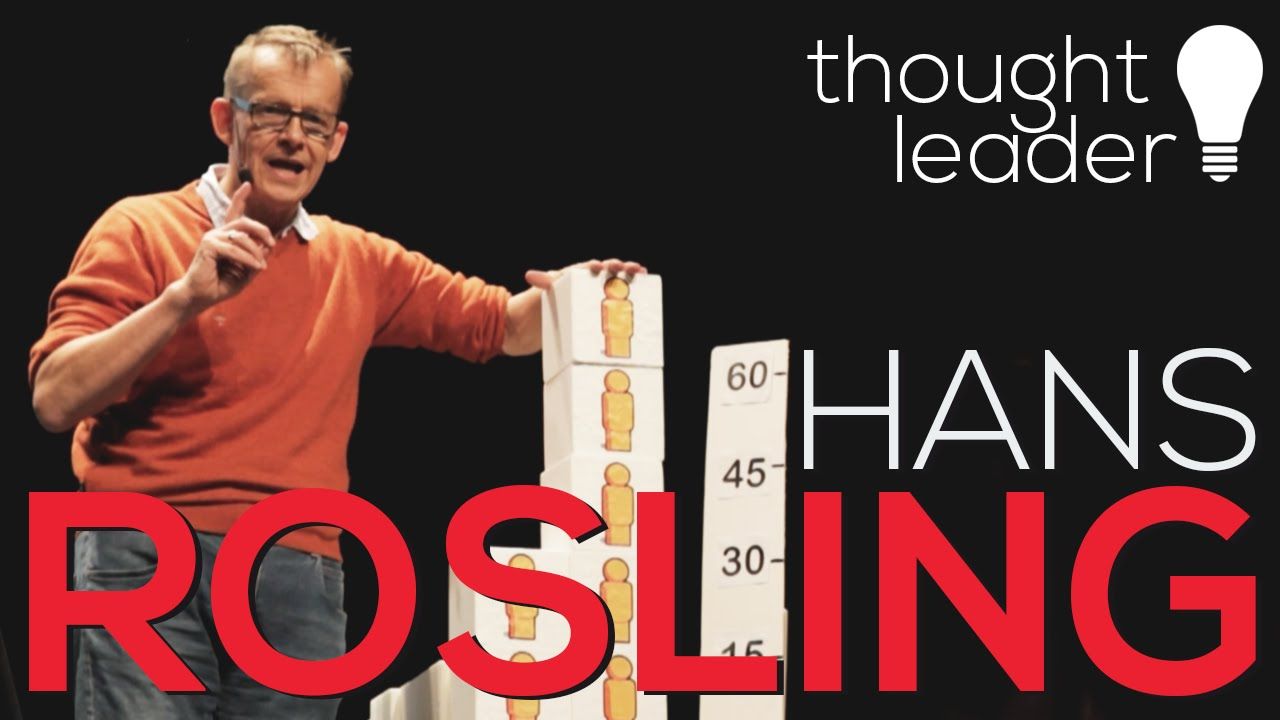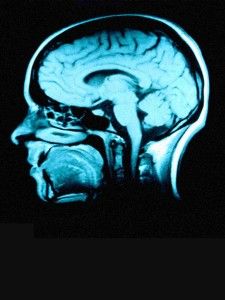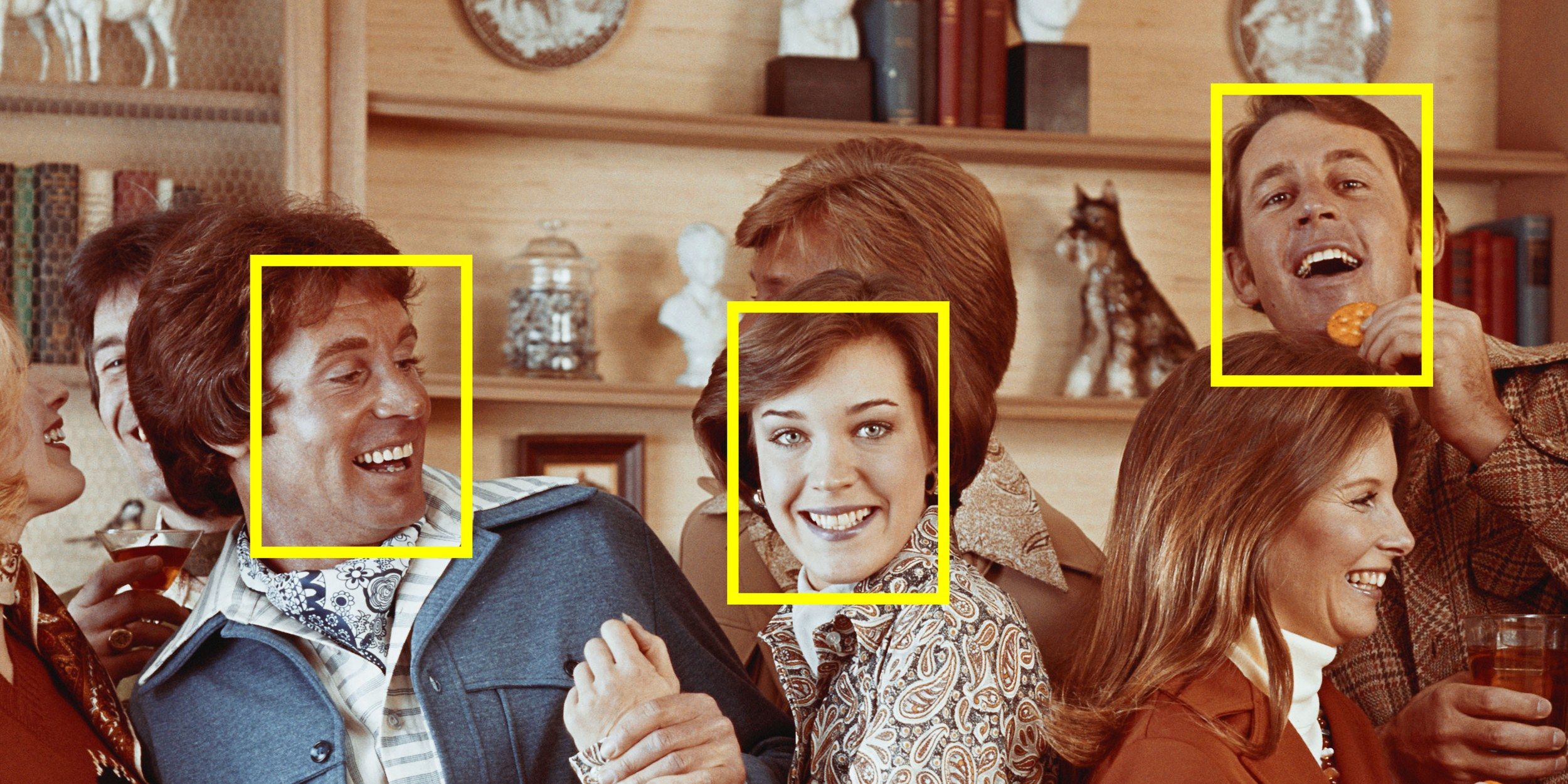In part 5 of a 6-part lecture, Hans Rosling uses statistics to give an overview of population growth and an explanation of why the total human population will never reach 11 billion, as others predict and fear.
http://thinkglobalschool.org


But tech wasn’t all bad this year. As many of Silicon Valley’s largest companies were wreaking havoc, numerous people and organizations used technology to advance important causes and address large-scale problems.
These projects do not always make headlines, but they show what’s possible when technologists use their powers for good. So I’m presenting the first-ever Actually Good Tech Awards, to highlight a handful of tech efforts that produced real societal benefits this year.
Amid a series of scandals and sins, a few righteous tech innovators actually brought positive change this year.
[youtube_sc url=“https://www.youtube.com/watch?v=Hq89wYzOjfs”]
“To adventure and fellowship.”


In response to growing concerns about autonomous weapons, a coalition of AI researchers and advocacy organizations released a fictitious video on Monday that depicts a disturbing future in which lethal autonomous weapons have become cheap and ubiquitous.
The video was launched in Geneva, where AI researcher Stuart Russell presented it at an event at the United Nations Convention on Conventional Weapons hosted by the Campaign to Stop Killer Robots.
Russell, in an appearance at the end of the video, warns that the technology described in the film already exists and that the window to act is closing fast.

A new initiative, I4OC, is working towards making reliable, structured data of authors, reference lists, and citations accessible to the public. Their launch marks the availability of 14 million scholarly works, with more to come.
The Initiative of Open Citations (140C) announced today that science papers’ reference lists will now be accessible to anyone.

[This article is drawn from Ch. 8: “Pedagogical Love: An Evolutionary Force” in Postformal Education: A Philosophy for Complex Futures.]
“There is nothing more important in this world than radical love” as Paolo Freire told Joe Kincheloe over dinner.
- Joe Kincheloe. Reading, Writing and Cognition. 2006.
And yet, we live in a world of high-stakes testing, league tables for primary schools as well as universities, funding cuts, teacher shortages, mass shootings in schools, and rising rates of depression and suicide among young people.
The most important value missing from education today is pedagogical love.
In “Pedagogical Love: An Evolutionary Force” (Ch. 8 of Postformal Education: A Philosophy for Complex Futures) I explain why love should be at centre-stage in education. I introduce contemporary educational approaches that support a caring pedagogy, and some experiences and examples from my own and others’ practice, ending with some personal reflections on the theme.
Why do we want to educate with and for love? We live in a cynical global world with a dominant culture that does not value care and empathy. We live under the blanket of a dominant worldview that promotes values that are clearly damaging to human and environmental wellbeing. In many ways our world, with its dominance of economic values over practically all other concerns, is a world of callous values. And recently we’ve embarked on a flight from truth.
In the search for truth, the only passion that must not be discarded is love. Truth [must] become the object of increasing love and care and devotion.
- Rudolf Steiner. Metamorphoses of the Soul, Vol. I. 1909.
What a contrast Steiner’s early 20th century statement is to the lack of a love for truth that abounds in fake news in our post-Truth world. Canadian holistic educator, John Miller points to the subjugation of words like love in contemporary educational literature in the following quote:
The word ‘love’ is rarely mentioned in educational circles. The word seems out of place in a world of outcomes, accountability, and standardised tests.
- John Miller. Education and the Soul. 2000.
British educational researcher, Maggie MacLure speaks about the obsession with quantitative language in education in the UK: “objectives, outcomes, standards, high-stakes testing, competition, performance and accountability.” She argues that the resistance to the complexity and diversity of qualitative research that is found in the evidence-based agendas of the audit culture is linked to “deep-seated fears and anxieties about language and desire to control it.” In this context it is not hard to imagine that words like love might create what MacLure calls ontological panic among the educational audit-police.
In spite of these challenges several educational theorists and practitioners emphasise the importance of love—and the role of the heart—in educational settings. If young people are to thrive in educational settings, new spaces need to be opened up for softer terms, such as love, nurture, respect, reverence, awe, wonder, wellbeing, vulnerability, care, tenderness, openness, trust.
Awe, wonder, reverence, and epiphany are drawn forth not by a quest for control, domination, or certainty, but by an appreciative and open-ended engagement with the questions.
- Tobin Hart. Teaching for Wisdom. 2001.
Arthur Zajonc has developed an educational and contemplative process that he calls an “epistemology of love.” Mexican holistic education philosopher, Ramon Gallegos Nava, refers to holistic education as a “pedagogy of universal love.” Other important contributions to bringing pedagogical love into education include Nel Noddings extensive writings on “an ethics of care”, Parker Palmer’s “heart of a teacher” and Tobin Hart’s deep empathy.”
The caring teacher strives first to establish and maintain caring relations, and these relations exhibit an integrity that provides a foundation for everything teacher and student do together.
- Nel Noddings. Caring in Education. 2005.


When Tina Gibson got married seven years ago, the 26-year-old knew it was unlikely that she would have children naturally. Her husband, 33-year-old Benjamin Gibson, had cystic fibrosis, a condition that can make men infertile, the couple told CNN.
The East Tennessee pair decided they would eventually adopt a child instead — and that they would foster several children in the meantime, until they were ready.
Then, last year, during a break between foster children, her father told them about something he’d heard on the news — embryo adoption, according to CNN. Gibson couldn’t get the idea out of her head.
